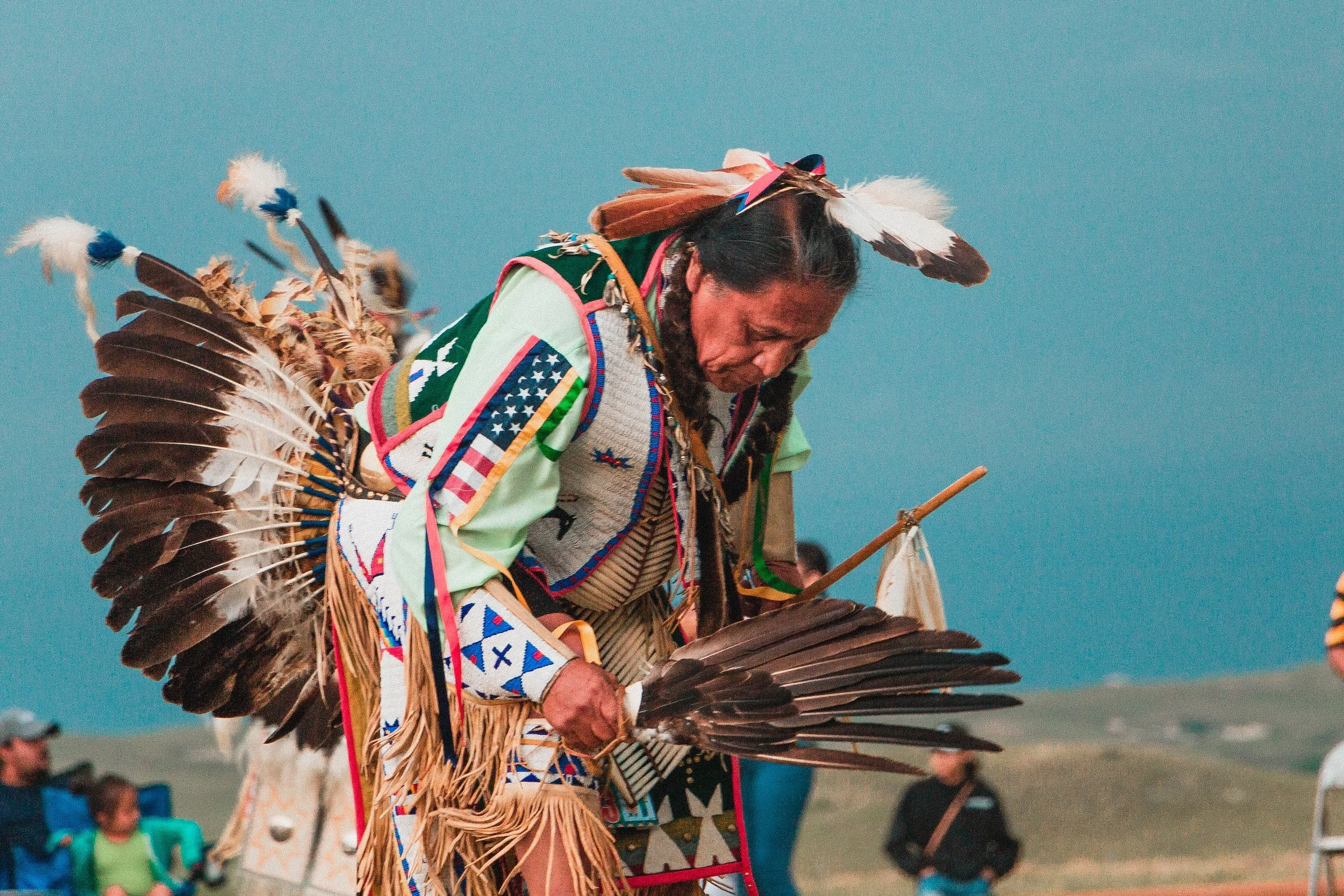Extending Blockchain to Indigenous Communities
Blockchain’s principles closely mirror the principles of indigenous economies. Since the dawn of digital technology, however, indigenous groups have been shut out. As indigenous economies grow more technologically involved, blockchain presents a pathway toward greater coordination, sovereignty, digital literacy, and shared ownership.
Blockchain technology reflects indigenous economic values like those of the Coast Salish economy. NFTs provides a digital marketplace for sharing and monetizing artistic work across different communities. And as these vendors grow, indigenous individuals return profits and resources to their communities. According to Tammara Goddard, such ownership models place data control in indigenous control, allowing them to maximize resources and economic prosperity.
It is well past time that blockchain is brought to native groups.
In New Jersey, specifically, the Ramapough Lenape Nation make the most of blockchain. Indigenous nations adopt strict, complex rules for selling sacred artworks. Instead of selling art on the public market, such communities make money by displaying the art in a ceremony. This makes it tough to monetize art and ceremonial pieces. The Vantech Journal, however, finds that NFTs can provide indigenous artists to share and profit from their artwork digitally without actually selling the art. Broadly, the structure of blockchain aligns with many sacred rules of indigenous American nations.
Henry Foreman of the Absentee Shawnee recently created his own cryptocurrency education program, IndigiDAO. IndigiDAO teaches indigenous groups how to authenticate their work via blockchain technology. Many non-native interlopers undercut businesses by creating fake Indigenous art, jewelry, and works. Foreman attempts to combat this fake imitation by having a non-fungible token authenticate that art was made by an IndigiDao member.
At the start of the 19th century, Tecumseh traversed across the Northeast, forging intertribal coalitions and collaborations. Tecumseh’s work remains an inspiration and goal for modern indigenous communities. Blockchain helps advance shared ownership and reciprocity without the commonly-cited exploitation of technology. Because blockchain has relative anonymity and privacy, indigenous communities can preserve sovereignty independent of non-native society. Blockchain can similarly transcend beyond geographic borders, cementing artistic and economic collaborations between tribes.
Deforestation threatens to damage the integrity of indigenous forest tribe structures, especially in Brazil. According to Oliver Balch, precise data about deforestation can help legally reduce deforestation and support tree-planting projects. Michael Kelly finds that projects such as the Open Forest protocol are designed to measure and fund forest projects worldwide for indigenous communities. When indigenous communities are involved in these blockchain projects, they are more effective and create more accurate information models. Kelley furthers that they “put people before tech,” allowing blockchain to function in the background of indigenous activity.
What Does This Mean for the Future:
In the aftermath of the pandemic and intertribal discord, indigenous communities are drowning in economic despair. The CEO of Four our Future finds that blockchain can build robust economic development models for indigenous communities. Key to this thinking: blockchain can bridge ties between indigenous economics and revive indigenous marketplace art.
